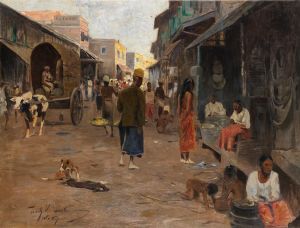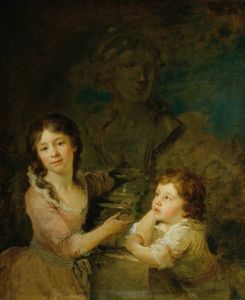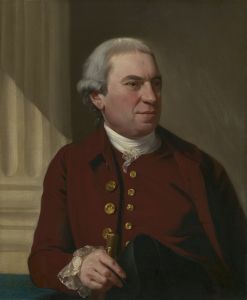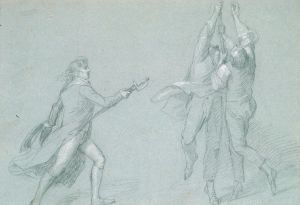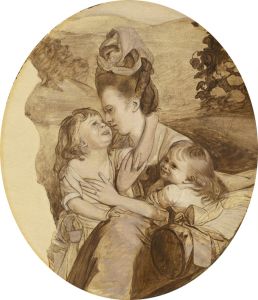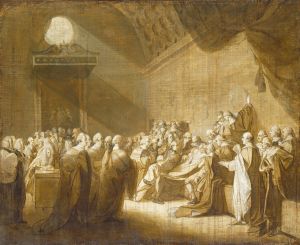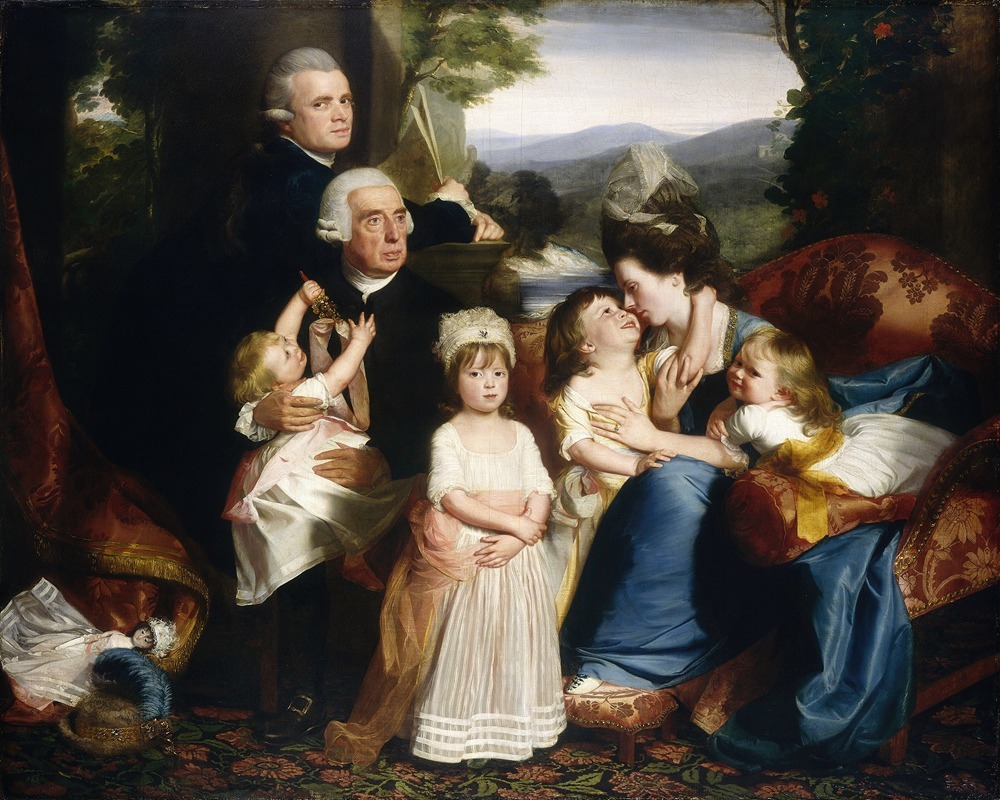
The Copley Family
A hand-painted replica of John Singleton Copley’s masterpiece The Copley Family, meticulously crafted by professional artists to capture the true essence of the original. Each piece is created with museum-quality canvas and rare mineral pigments, carefully painted by experienced artists with delicate brushstrokes and rich, layered colors to perfectly recreate the texture of the original artwork. Unlike machine-printed reproductions, this hand-painted version brings the painting to life, infused with the artist’s emotions and skill in every stroke. Whether for personal collection or home decoration, it instantly elevates the artistic atmosphere of any space.
"The Copley Family" is a notable painting by the American artist John Singleton Copley, completed in 1776. Copley, who was born in Boston in 1738, is recognized as one of the foremost painters in colonial America, known for his portraits that capture the likeness and character of his subjects with remarkable detail and realism. This particular work is significant as it represents a personal and intimate portrayal of the artist's own family.
The painting depicts Copley's wife, Susanna Farnham Clarke, and their four children: John Singleton Copley Jr., Elizabeth Clarke Copley, Mary Copley, and an infant, likely Susanna Copley. The setting is a domestic interior, which was a common theme in family portraits of the time, reflecting the importance of family and home life in the 18th century. The composition is carefully arranged to convey a sense of harmony and unity among the family members, with each figure engaging in a different activity, yet all connected through their interactions and gazes.
Copley's use of color and light is masterful, highlighting the textures of the fabrics and the expressions on the faces of his family members. The attention to detail is evident in the rendering of the clothing, which reflects the fashion of the period, as well as in the depiction of the furnishings and objects within the room. This meticulous attention to detail is a hallmark of Copley's style and contributes to the lifelike quality of the painting.
The painting was completed during a tumultuous period in Copley's life. In 1774, due to the increasing tensions leading up to the American Revolutionary War, Copley moved his family to London, where he sought to expand his career and gain recognition in the European art world. "The Copley Family" was painted shortly after this relocation, and it reflects both his personal attachment to his family and his adaptation to the artistic influences he encountered in England.
Copley's work was well-received in London, and he became a member of the Royal Academy of Arts in 1779. His ability to blend American and European artistic traditions is evident in "The Copley Family," which combines the straightforward realism of American portraiture with the more sophisticated compositions and techniques he learned in Europe.
Today, "The Copley Family" is housed in the National Gallery of Art in Washington, D.C. It remains an important example of Copley's work and offers insight into the artist's personal life and the broader cultural context of the late 18th century. The painting not only serves as a testament to Copley's skill as a portraitist but also as a historical document that provides a glimpse into the domestic life of an American family during a period of significant change and upheaval.







